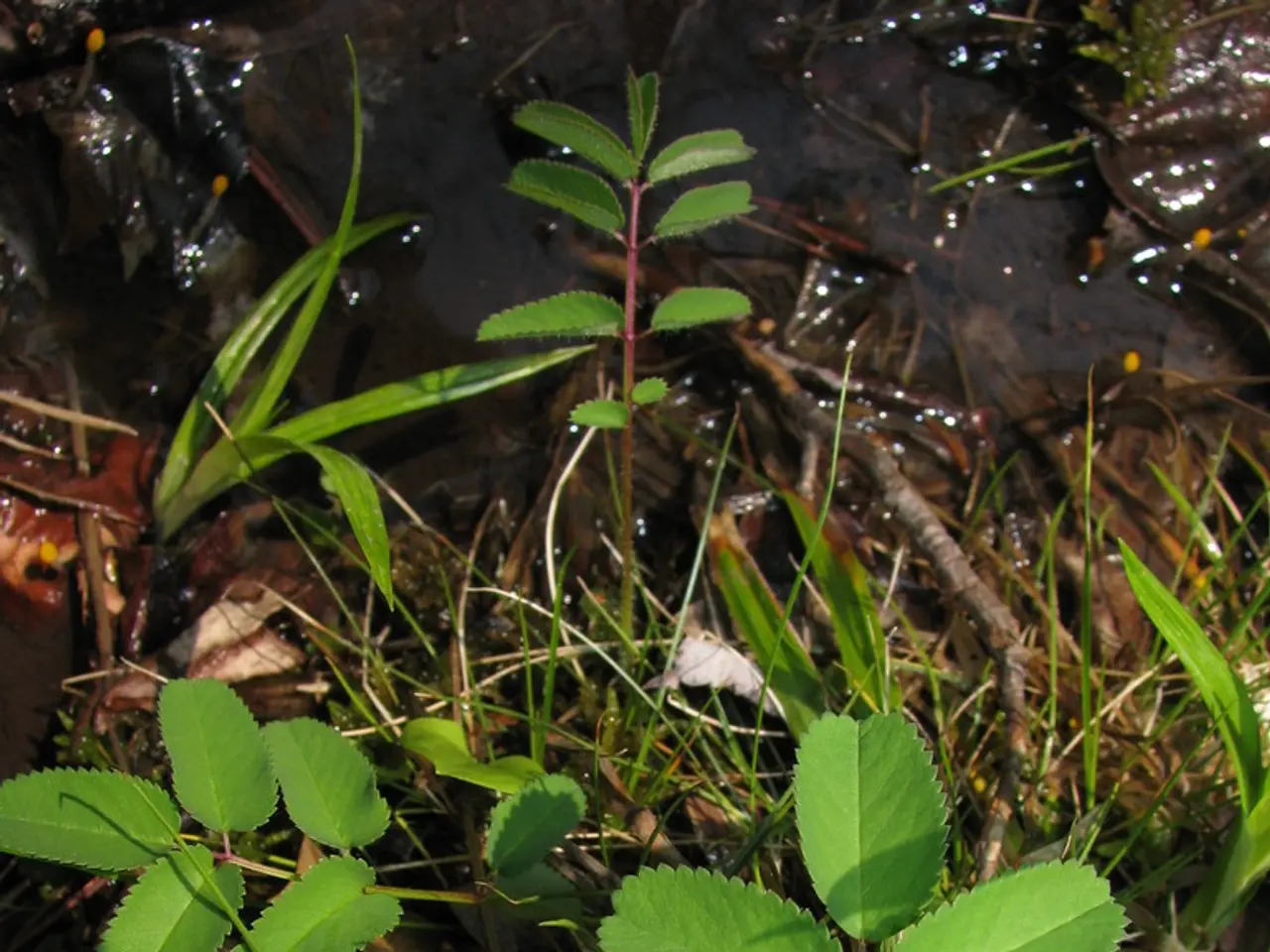Exploring Various No-Till Gardening Techniques - A Guide to Choosing the Perfect Fit for You
In the world of gardening, a shift towards more sustainable practices is gaining traction. No-till gardening, a method that minimizes mechanical disturbance of the soil, is becoming increasingly popular among both agricultural professionals and home gardeners alike.
This approach encompasses various techniques, including no-till cover crops, chop-and-drop mulching, no-till raised beds, and no-dig layering of organic matter like compost. The objective is to feed and protect the soil naturally, fostering healthier soils and plants.
No-Till Cover Crops are plants grown not for harvest but to protect and enrich the soil. They provide organic biomass which can be chopped and dropped as mulch on the soil surface, decomposing to form a nutrient-rich layer that improves soil organic matter and nitrogen content.
Chop & Drop Mulching involves cutting plants or cover crops and dropping plant material directly onto the soil surface as mulch. This not only protects the soil from erosion but also retains moisture and fosters beneficial microbial life.
No-Till Raised Beds allow beds to remain undisturbed, while organic amendments like compost and mulch are layered on top for feeding the soil.
No-Dig Gardening, or no-till layering, instead adds layers of compost and organic matter on top of the existing soil, feeding soil microbes and earthworms while preserving established soil structure. Plant seeds or seedlings are planted directly into these layers with minimal disturbance.
These no-till methods offer numerous benefits. They protect soil structure and reduce compaction, enhance soil microbial and faunal communities, increase organic matter and nutrient availability, decrease erosion and moisture loss, support climate resilience, and promote healthier soils and plants.
However, tilling, a common gardening practice, can be more damaging than beneficial. Tilling disrupts the microorganism ecosystems in the top few inches of soil that benefit plants, leads to greater compaction of the soil, and can be counterproductive to the goals of sustainable gardening.
Among the various no-till methods, The Back to Eden method, The Ruth Stout Method, sheet mulching, lasagna gardening, and Hugelkultur stand out. The Back to Eden method's characteristic step is the thick wood chip layer, which breaks down over time to create nutrient-rich soil. The Ruth Stout Method involves adding a layer of hay as mulch to the soil surface, with additional hay added annually for decomposition and nutrient addition. Sheet mulching, also known as lasagna style gardening, starts with a layer of paper or cardboard to smother weeds and create a dark, moist environment. In Hugelkultur, raised, sloped beds made with soil, wood, and other organic materials are used, originating from German-speaking countries.
In a straw bale garden, seeds can be sown directly on the top layer of soil or in gaps within the straw. In lasagna gardening, you can use compost or create compost in place using various types of organic waste.
With experts like Mary Ellen Ellis, a gardening expert with degrees in Chemistry and Biology, specializing in flowers, native plants, and herbs, advocating for these methods, it's clear that no-till gardening is more than just a trend. Preparing no-till beds in the fall allows for decomposition and the creation of a healthy environment for plants, with the best results obtained when implemented in the spring.
Embracing no-till gardening not only benefits the environment by reducing emissions from garden equipment and promoting soil health, but it also offers practical advantages such as reduced watering needs, increased crop yield, and a more resilient garden that can withstand extreme weather events. So, it's time to say goodbye to the tiller and hello to a healthier, more sustainable garden.
Home-and-garden enthusiasts embracing no-till gardening not only foster a healthier and more resilient garden, but also contribute to the protection of soil structure, reduced compaction, enhanced soil microbial and faunal communities, increased organic matter and nutrient availability, and decreased erosion and moisture loss. By adopting methods like no-till cover crops, chop-and-drop mulching, no-till raised beds, and no-dig layering of organic matter, one can support climate resilience and promote healthier soils and plants, as suggested by experts like Mary Ellen Ellis, a gardening specialist.




